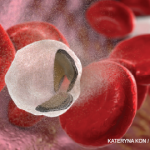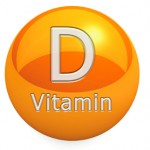This manuscript left me wondering what use DXA scans are for children. DXA scans for adults are used to predict future fracture risk and evaluate the need for bisphosphonates or other bone-strengthening agents. Children and teenagers, even with low bone density, appear to have a much lower fracture risk. Indeed, the authors did not demonstrate any correlation between insufficient vitamin D levels and fracture. Hence, there is no evidence that bisphosponates are useful in children with low Z-scores, especially if they have not suffered a low-impact fracture. Moreover, long-term effects of these drugs are unclear—not only to the patient but, for girls who will eventually have children, perhaps to a developing fetus years down the line.
This article has made me decide to be more aggressive in monitoring 25-OH vitamin D and PTH levels in my patients and to be much more rigorous in recommending vitamin D and calcium supplementation. Since the American Academy of Pediatrics admits there are no data with regard to vitamin requirements in children, but recommends the daily intake not exceed 2000 IU/day for age one and older, I am requesting parents assure an intake of 400 IU vitamin D and 500 to 800 mg of calcium from all sources younger than nine, and 800 IU vitamin D with 1300 mg calcium for ages nine and older. I will save the DXA for those with low-impact fractures—which thankfully are rare—to monitor changes in bone density. I remain reluctant to use anti-resorptive agents in most children and adolescents, other than for patients with genetic disorders such as osteogenesis imperfecta.


